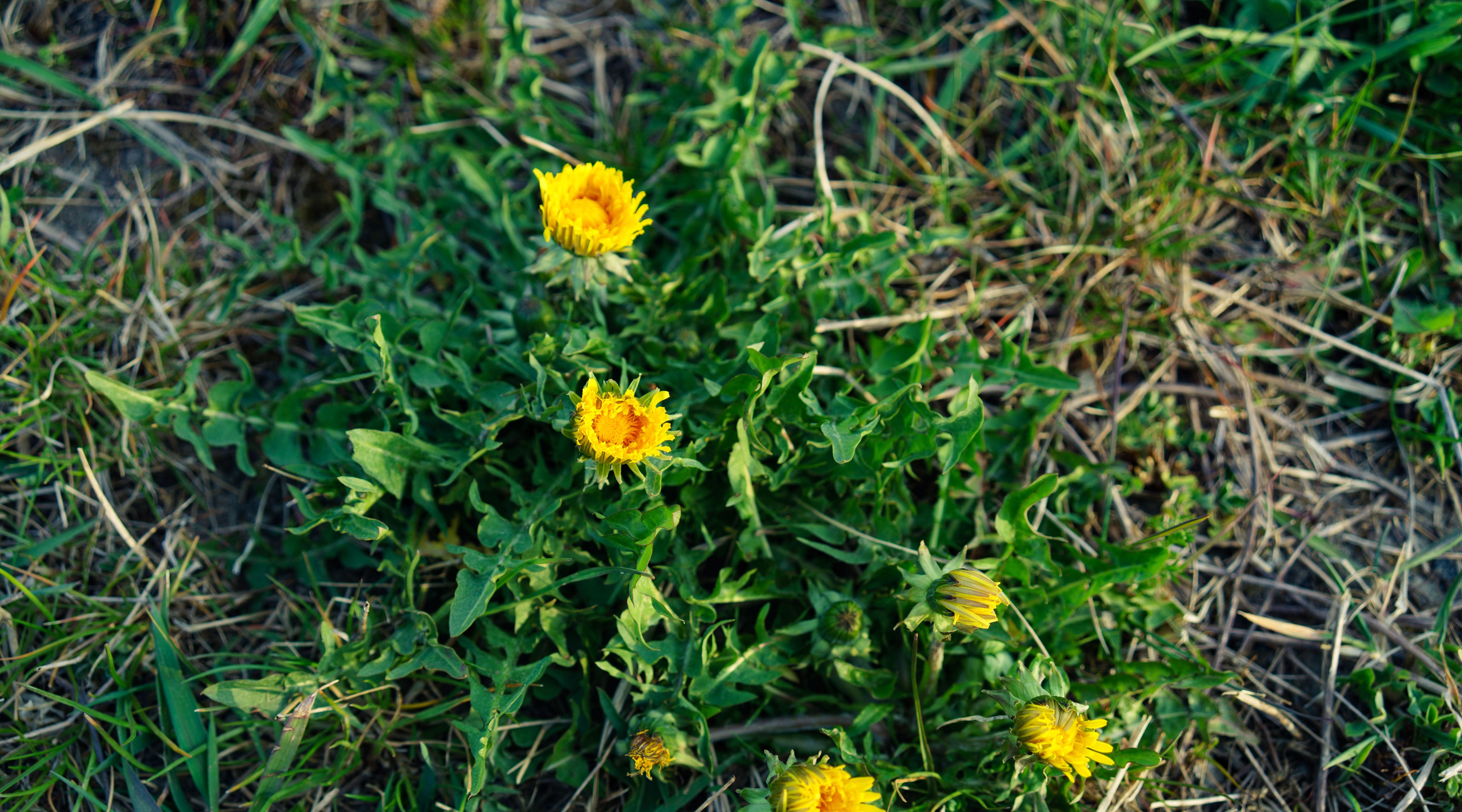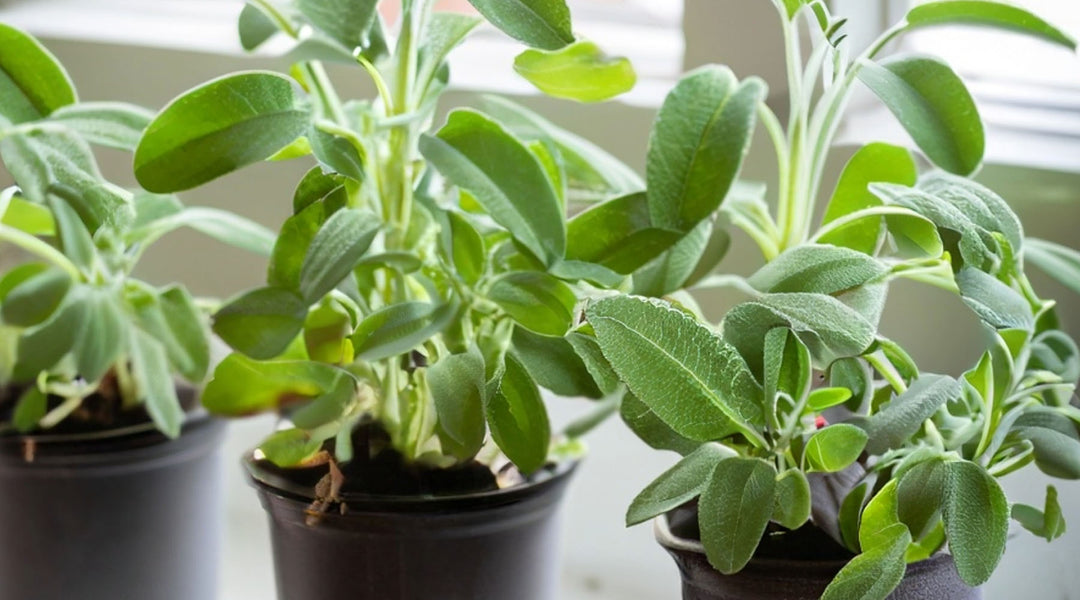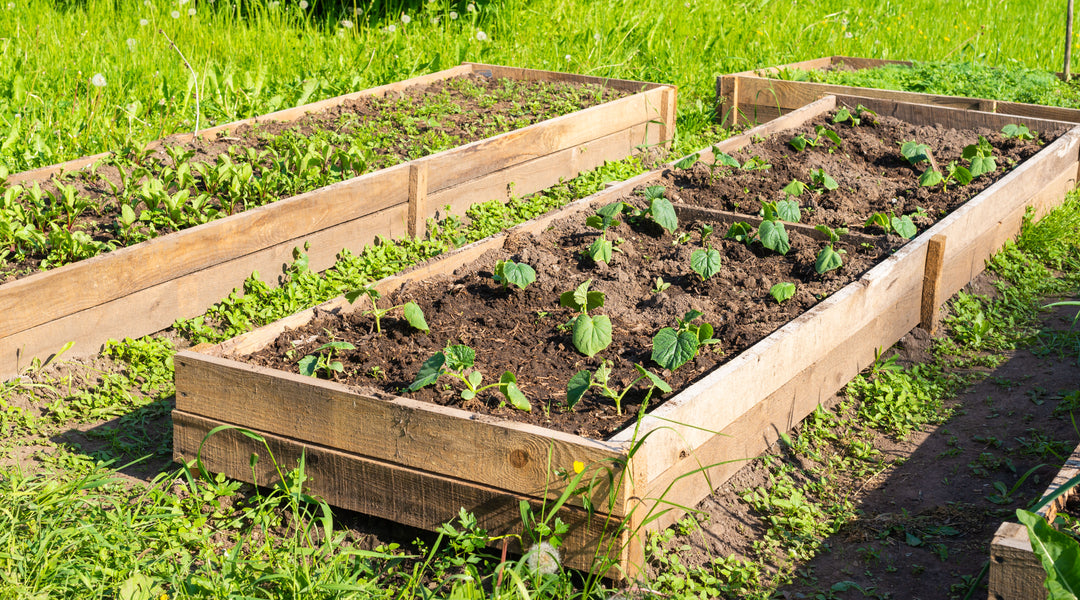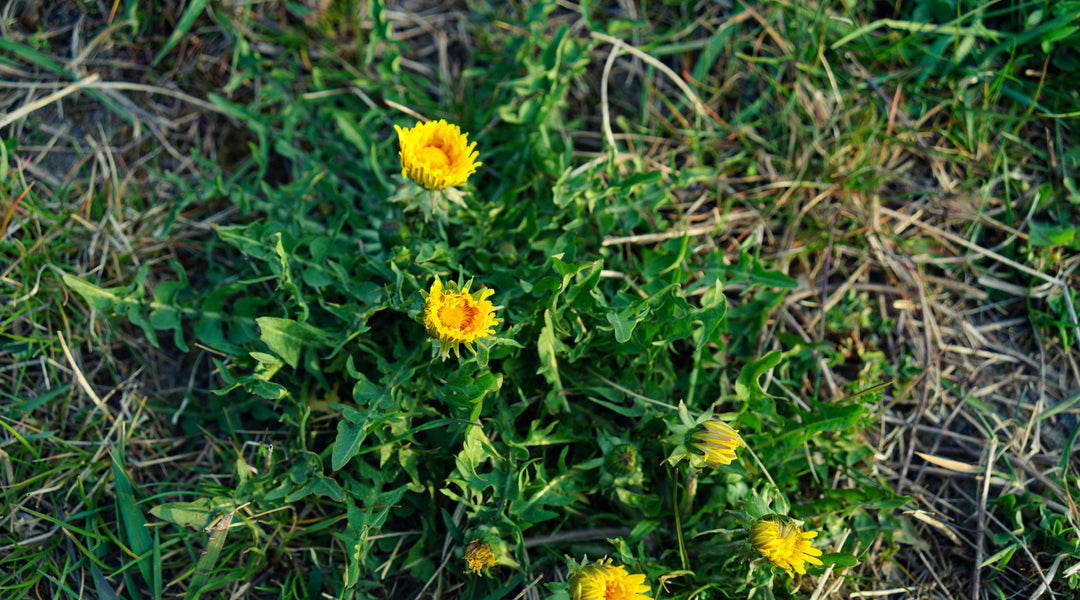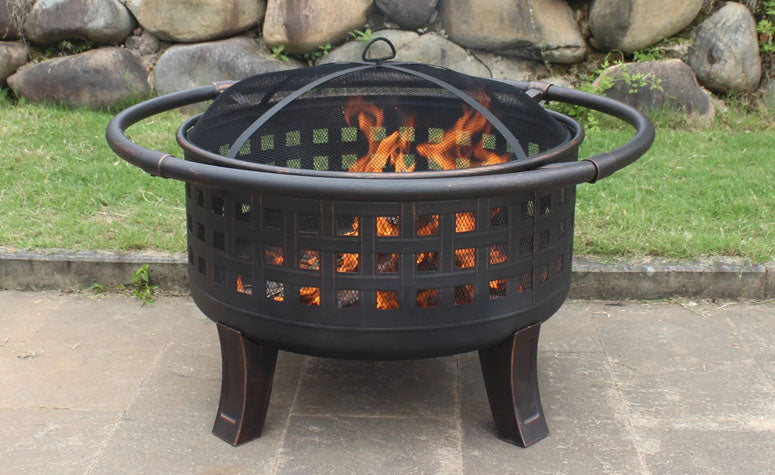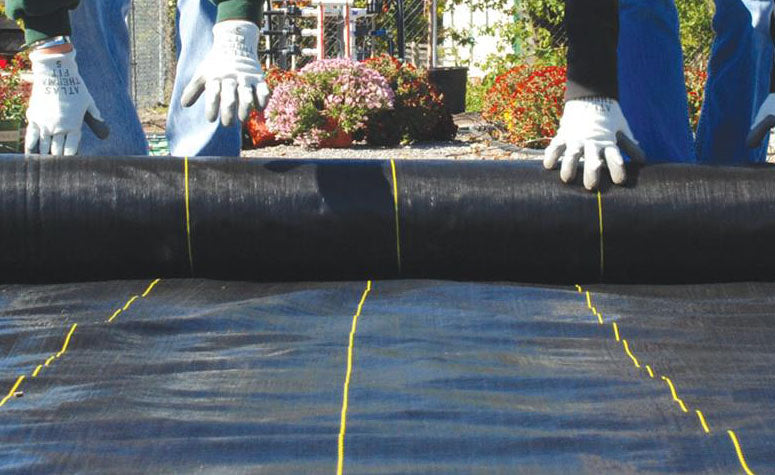Controlling weeds in a garden is an important aspect of maintaining plant health and maximizing productivity. Here are several effective methods to control and prevent weeds:
Mulching:
- Apply a layer of organic mulch, such as straw, wood chips, or compost, around plants.
- Mulch helps suppress weed growth by blocking sunlight and conserving soil moisture.
Weed Fabric or Landscape Cloth:
- Lay down weed fabric or landscape cloth around plants and cover it with mulch.
- These materials create a barrier that inhibits weed growth while allowing water penetration.
Regular Weeding:
- Conduct regular weeding sessions to remove weeds before they become established.
- Hand pulling is effective for smaller gardens, ensuring the entire weed, including the roots, is removed.
Hoeing or Cultivating:
- Use a hoe or cultivator to break up the soil surface and cut weeds just below the soil.
- This disrupts weed growth and prevents them from taking root.
Pre-Emergent Herbicides:
- Apply pre-emergent herbicides before weed seeds germinate.
- Follow product instructions carefully, and use them in areas where you don't plan to sow seeds.
Selective Herbicides:
- Consider using selective herbicides that target specific types of weeds without harming desired plants.
- Always follow label instructions and use these products judiciously.
Vinegar Solution:
- Mix a solution of white vinegar and water (with a small amount of dish soap) and spray it on weeds.
- This can be effective for controlling small, annual weeds.
Boiling Water:
- Pour boiling water directly onto weeds to kill them.
- Be cautious when using this method, as it can also affect nearby plants.
Flame Weeding:
- Use a propane torch to briefly expose weeds to flame, causing them to wither and die.
- Exercise caution to avoid damaging desirable plants or starting fires.
Cover Crops:
- Plant cover crops during the off-season to smother weeds and improve soil health.
- Examples include clover or winter rye.
Mowing and Edging:
- Keep grassy areas well-mowed to prevent weed seeds from germinating.
- Edge garden beds to create a clear boundary between lawn and garden, reducing weed encroachment.
Hand Tools:
- Use hand tools like weeders or dandelion diggers to extract weeds with taproots.
- This is particularly useful for perennial weeds.
Biological Controls:
- Introduce animals or insects that feed on weeds, such as goats, chickens, or beneficial insects.
- Ensure that these methods are suitable for your specific garden environment.
Regular Maintenance:
- Stay on top of garden maintenance tasks to prevent weeds from becoming established.
- Address weeds promptly before they can go to seed.
Proper Plant Spacing:
- Planting in a way that allows for proper air circulation and sunlight penetration can reduce weed growth.
- Crowded plants create shady areas where weeds thrive.
Combining several of these methods can provide comprehensive weed control in your garden. It's essential to choose methods that suit your garden size, the types of weeds present, and your preferred approach to gardening. Regular vigilance and proactive measures are key to keeping weeds under control.
- Greenhouse Megastore Staff




